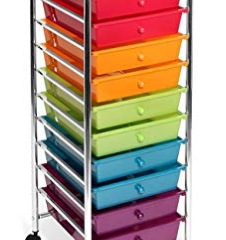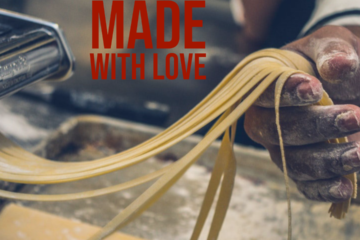Valid question… Right?! I often get asked this when gushing about Miss Makey and the Magic Bin, or sharing my passion for making as an instructional strategy. I could respond to this question both literally and figuratively. Literally, the students are making just about anything out of absolutely everything.
They could be tackling a design challenge, 3D printing, coding a robot, or repurposing used materials in an innovative way. Figuratively, I am making experiences. These experiences empower students to explore their interests and talents, as well as think divergently and gain fluency with diverse materials. I design learning spaces and projects that are conducive to creativity, critical thinking, and collaboration.
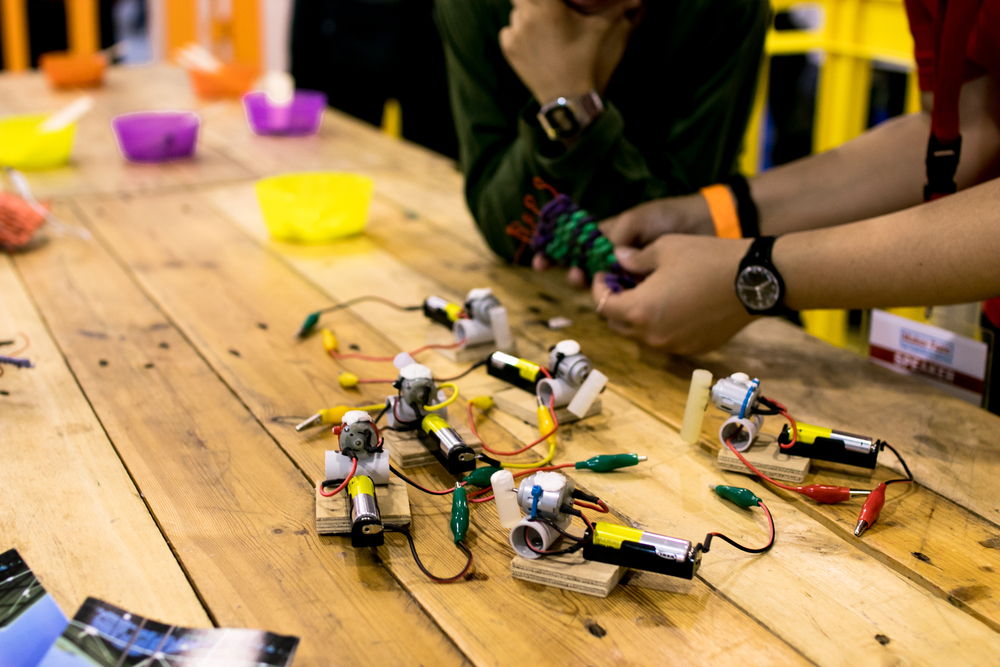
After 15 years in education, I’ve seen many trends come and go; making, however, is both timeless and ageless. What I’ve always found to be tried and true, is hands-on, minds-on learning. Students learn best when they are the designers and developers of their educational journey. As a student of education, I was inspired by the work of John Dewey, founder of constructivism.
Constructivism is a pedagogical approach that defines learning as an active, personal, and contextualized process of constructing knowledge, rather than passively consuming it. Essentially, he asserts that learning is most impactful when students do something that means something. The evolution and expansion of the maker movement not only validates Dewey’s theories, but also offers promise that trends in education are gravitating towards the best interest of students.
What’s of even more importance than the original question is, “WHY are you making?”
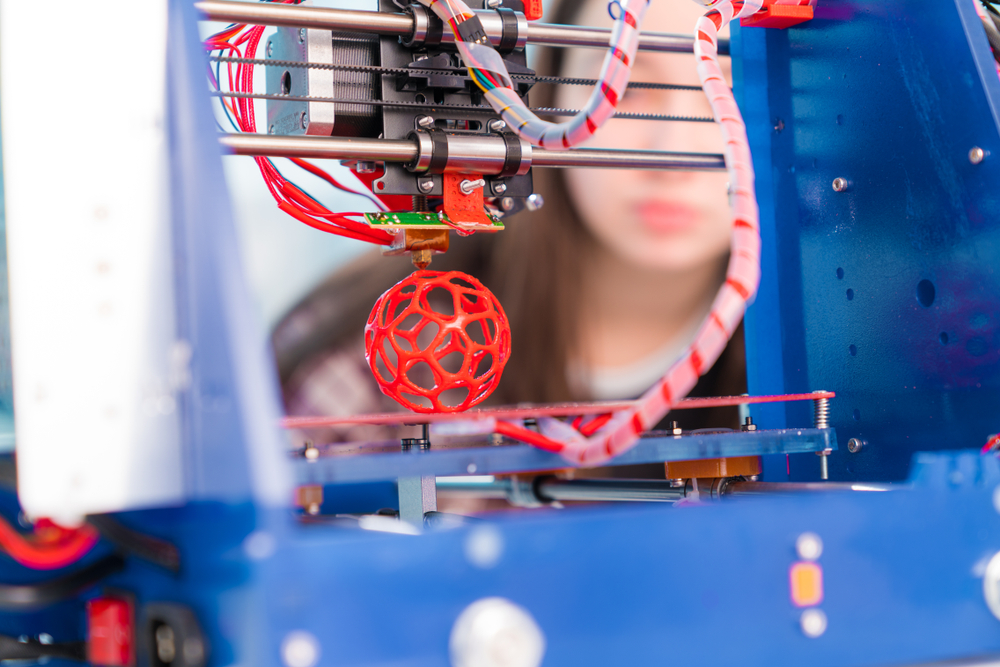
I offer TEN reasons why making is a worthwhile instructional strategy
21st CENTURY ORIENTED – Skills such as critical thinking, problem-solving, communication, and collaboration are fostered through making experiences and essential for career and/or college success.
CROSS-CURRICULAR – Making and project-based learning lend themselves to the merging of subject areas, which leads to stronger retention and understanding.
CULTIVATION OF EXECUTIVE SKILLS – The design process engages students naturally in important life skills such as planning, prioritizing, sequencing, and metacognition.
TRIED & TRUE – Making encompasses valuable principles in educational psychology such as constructivism, multiple intelligences & modalities of learning.
CUSTOMIZATION – Makerspaces provide students with a space and resources to explore their passions & interests, thereby increasing self-awareness and confidence.
FLEXIBILITY – Students embrace failure as the first step in learning, as well as demonstrate openness to others’ ideas and to changing course.
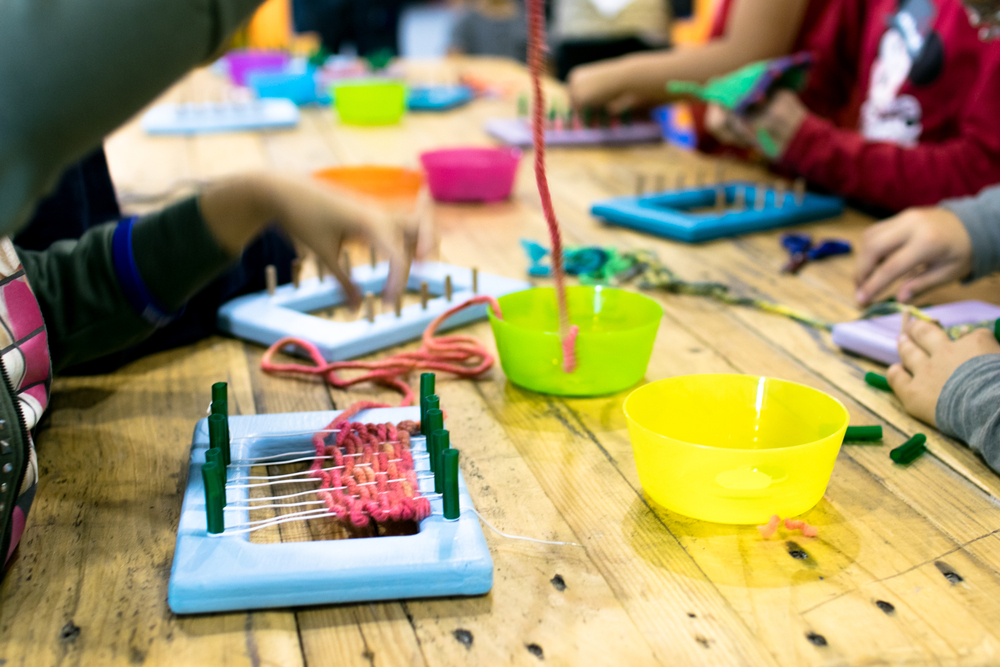 FLUENCY – Using both high-tech and low-tech tools, students become comfortable and confident using a variety of materials and tools.
FLUENCY – Using both high-tech and low-tech tools, students become comfortable and confident using a variety of materials and tools.
CREATIVITY – Making promotes risk-taking, playfulness, and divergent, “out of the box,” thinking. It enables students to use their hands and minds to bring ideas to life.
SHARED OWNERSHIP – Students feel empowered when given the opportunity to drive their learning journey. Teachers act as a facilitator in the learning process by empowering creativity and encouraging perseverance.
TIMELESS – Regardless of trends in academic standards or standardized testing, making is a student-centered, engaging, and effective instructional strategy.
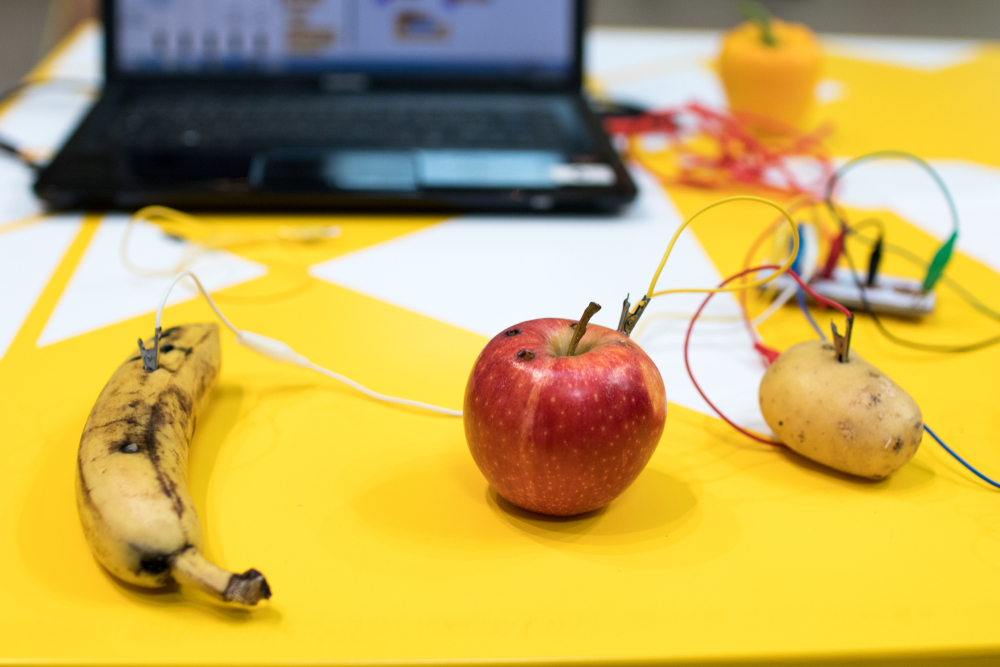
Making is a student-centered, engaging, and effective instructional strategy.
Click here for a printable poster of the “Top 10 Reasons to Make.”
